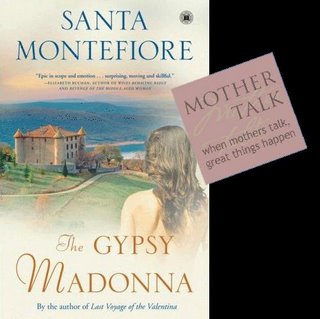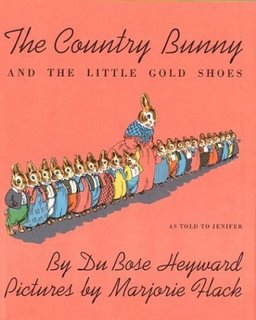This month’s Literary Reflections essay first came to me as a submission for the book I’m co-editing, Mama, Ph.D. I was torn when I read the essay: the writing knocked me out, but it didn’t particularly address the writer’s academic career. Happily, Julia co-wrote another essay for the book, and I got to use this for Literary Reflections. Here’s a long blurb:
When people asked me when I planned to get pregnant, I used to say, “After my first book.” I’d chosen to put my energies elsewhere, and I figured publication was such a long shot that I’d have plenty of time to live and write in peace. When a book came and a few people remembered that promise, I had to think fast. “After a second book,” I replied, ridiculous. I know Harriet Beecher Stowe wrote Uncle Tom’s Cabin at the kitchen table after her children were tucked in bed, and I imagine that people learn much about life as their children grow. Somehow, though, I still carry the old notion that negotiation is impossible, that a woman must be completely given over to one or another kind of work, and that if her attention ever wavers, terrible things happen.
This message comes from as far back as my first memory, which is little more than a few frozen images. I’m three years old, out behind a farmhouse in Turbotville, Pennsylvania, under a fir tree. The boughs are so thick that the grass is stunted, and long cones like corn cobs clutter the ground. Wandering between them, I see my oxblood, buckle shoes with little cut-out daisies on the toes. I don’t know what I’m doing out here after supper; my dad and older brother are elsewhere; Mom is at work. As I wander toward the place where the lawn drops down a steep bank to the road, I see fields and the next farm’s corn crib on the other side. Something over there rustles the tall grass: Sally Ann, my cat, stalking a field mouse? Suddenly she darts down the bank and, without looking, without thinking, I dash toward her.
Then I see the rounded front of a 1950s sedan, hear a loud screech, and see sky, although I cannot say in what order. Mostly I recall the sky and one red shoe flying against it for a long, long breath.
My eyes open. Stretched out on the grass beneath the branches, I see my father’s face, feel him touch my cheek, my shoulder, “Jules, Jules…” He is more distressed than I have ever seen him. Is he angry with me for crossing the road alone or for losing my shoe? Another strange man stands nearby; later I will learn that he is rushing to the hospital, where his wife is giving birth. The man and my father say “Geisinger” and “ambulance,” but I know I am fine. At the emergency room, I obey the white-coated men who ask me to follow their fingers with my eyes, and I hold still while they take X-rays, but all the while I know it is pointless. I can’t understand why the adults keep saying I am such a brave girl. What this first memory means, I now believe, is that even though enormous things may hit me sometimes, I’ll be OK in the end, and mercifully I’ve always known this in some small, strange way.
But when my mother tells this story, she starts by saying, “The first night I went back to nursing…” For her, it is a story about neglect and what happens when a mother isn’t there to watch her children.
Read the rest of “Fine: On Maternity and Mortality” here at Literary Mama.










